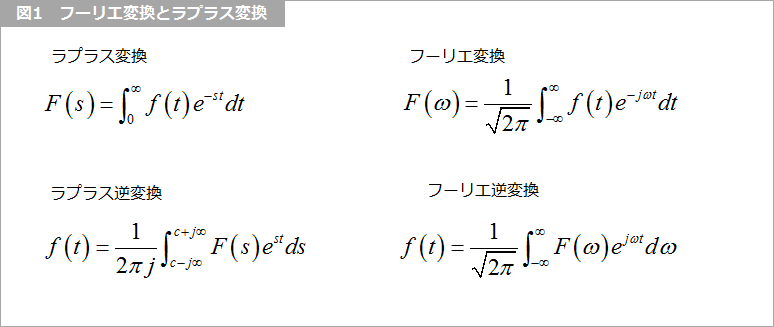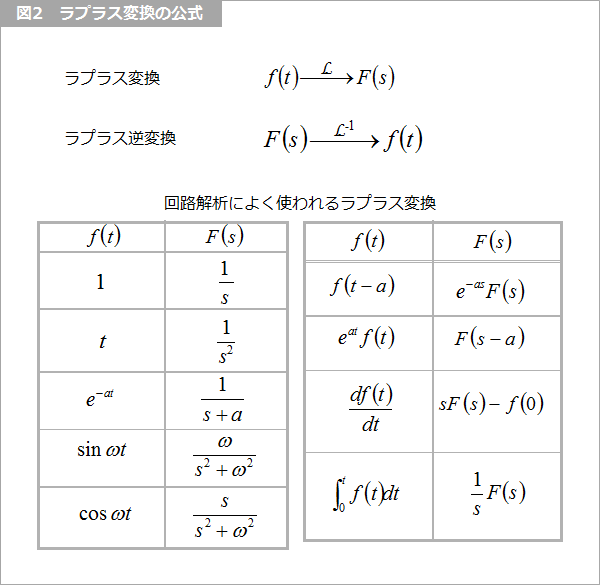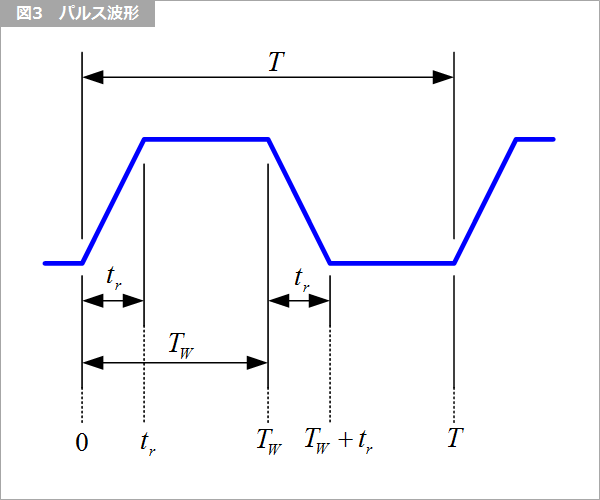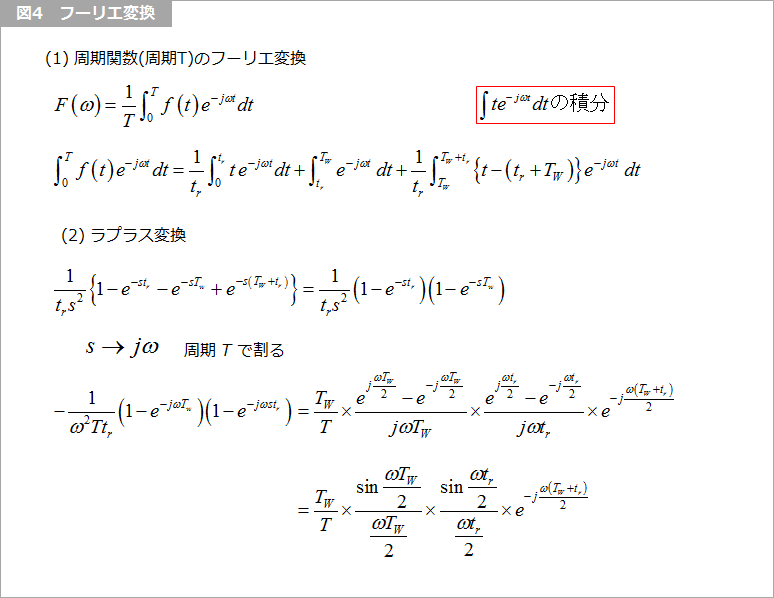You may have heard the terms Laplace transform and Fourier transform. I will touch on the relationship between the two and their application to circuit analysis in several installments.

Figure 1 shows the Laplace transform and Fourier transform formulas. The integral form of the Laplace transform and the Fourier transform are very similar. The former is one of the differential operators and is used to solve transient phenomena. The latter belongs to the orthogonal transform and is used to obtain the frequency response of the time signal. In the field of signal integrity, transient phenomena are often solved, so the Laplace transform is suitable.
To solve the behavior of circuits containing inductors and capacitors, we need to solve differential equations. The Laplace transform is simply multiplied by the operator 's' instead of the time derivative d/dt. Similarly divide the integral by 's'. Therefore, applying the Laplace transform to a differential equation results in an arithmetic equation. The Laplace transform can solve transient phenomena simply by referencing a few (10 at most) basic transformation rules. The Laplace transform is an essential basic tool for solving transients.
Assuming a certain period of the Fourier transform, it is also possible to manually calculate the integral in Fig. 1. You can also make it even easier by using the Laplace transform, as described below. Integrating the inverse Fourier transform becomes cumbersome. FFT (Fast Fourier Transform) is used here. Excel has a built-in FFT.
Advantages and Disadvantages of Laplace and Fourier Transforms
Advantages and disadvantages of the Laplace transform
Pros: Easy conversion and inverse conversion using conversion formulas
Disadvantage: Can't convert if it doesn't apply to the formula → need to devise to apply to the formula
Advantages and Disadvantages of the Fourier Transform
Advantages: Numerical calculations can be easily performed using FFT
Disadvantage: Periodic function is required → It is not fatal because it is sufficient to set the period

Figure 2 shows the Laplace transform formula. For signal integrity, this is all you need.
Linking Laplace transform and Fourier transform
Mathematically it's a different thing, but you don't have to think so rigorously to solve circuit technology. As shown in Fig. 1, both have similar integral forms, so there is no problem in thinking that replacing "s" in the Laplace transform with "jω" will result in a Fourier transform.


Attempt the Fourier transform of the pulse waveform in Figure 3 as shown in Figure 4.
First, taking the direct Fourier transform of (1) requires the integral outlined in red. This is possible with integration by parts, but is rather cumbersome. If you are interested, please see the progress of the calculation.
MOS_SpecialistColumn-56_doc_r1__1.pdf
Fourier transform of pulse waveform
On the other hand, taking the Laplace transform as in (2), replacing 's' with 'jω', and dividing by the period T gives a simple Fourier transform as shown in Figure 4.
The first factor is the duty ratio between the pulse width TW and the period T, the second factor is the spectrum due to the pulse width, the third factor is the spectrum due to the rise, and the last factor is the rise of the pulse in Fig. 3 at time 0. is the time delay component for setting Without this last factor, time 0 would be halfway between t=tr and t=TW in Figure 3. This time delay is the same as f(ta) in the Laplace transform formula in Figure 2.
This time, I took the Fourier transform of a pulse waveform as an example, and this pulse waveform is used as a signal source to obtain the response of the circuit.
What is Yuzo Usui's Specialist Column?
It is a series of columns that start from the basics, include themes that you can't hear anymore, themes for beginners, and also a slightly advanced level, all will be described in as easy-to-understand terms as possible.
Maybe there are other themes that interest you!
